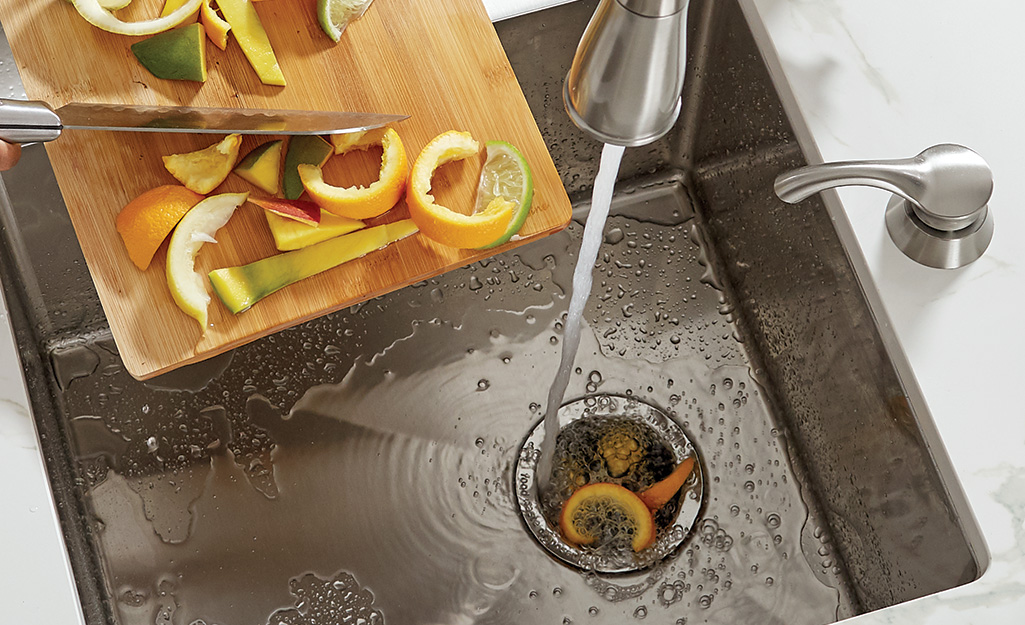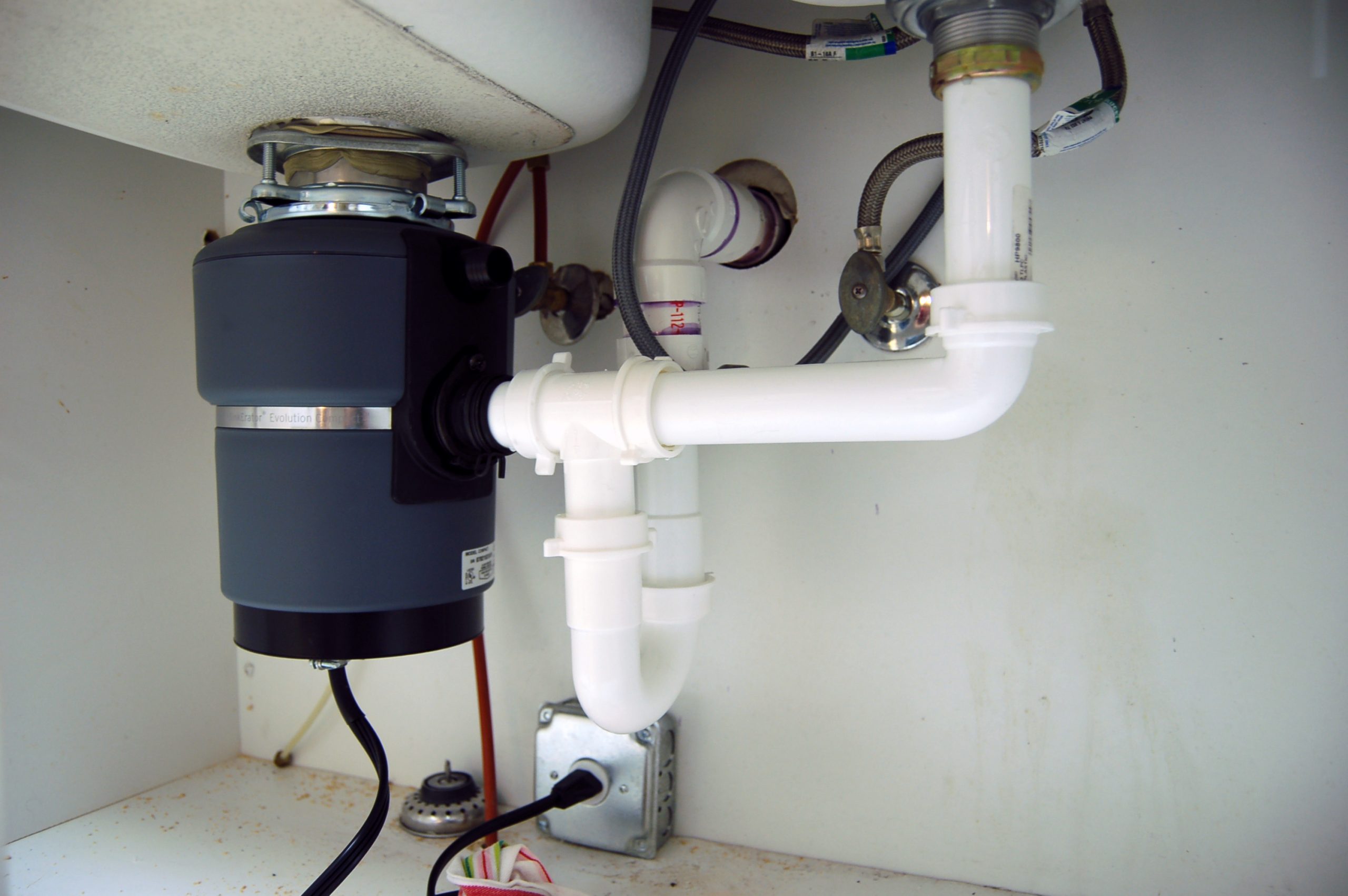Your Definitive Guide to Fixing a Leaky Waste Disposal Unit
Your Definitive Guide to Fixing a Leaky Waste Disposal Unit
Blog Article
We have noticed this article about How to fix a pretty consistent leak from my garbage disposal below on the internet and figured it made good sense to relate it with you here.

Garbage disposals are necessary cooking area home appliances that assist in dealing with food waste efficiently. Nonetheless, a dripping garbage disposal can be an aggravating and messy problem to deal with. The good news is, lots of leaks can be taken care of quickly with a few straightforward steps. In this write-up, we will discuss exactly how to take care of a dripping garbage disposal efficiently.
Introduction
Garbage disposals are mounted under cooking area sinks and are developed to shred food waste right into smaller pieces, allowing it to pass through the pipes system quickly. While these devices are usually trustworthy, leaks can happen in time due to wear and tear, loose links, or damage to the device.
Step-by-Step Overview to Fixing a Leaking Garbage Disposal
Switch off the Power
Before trying any type of repairs, ensure that the power to the garbage disposal system is switched off to avoid the danger of electric shock.
Find the Leakage
Determine the exact location of the leakage and identify the reason
Tighten up Links
Make use of a wrench to tighten up any loosened connections in between the disposal device and the plumbing system.
Change Seals or Gaskets
If the leakage results from worn seals or gaskets, eliminate the old parts and change them with new ones.
Patching Splits or Openings
For cracks or openings in the disposal unit, usage epoxy or an appropriate patching product to secure the broken location.
Determining the Source of the Leakage
Prior to trying to take care of a dripping waste disposal unit, it is important to determine the source of the leak. This can commonly be done with aesthetic assessment or by conducting simple examinations.
Visual Examination
Evaluate the waste disposal unit device meticulously for any indications of water leakage. Pay attention get more info to locations around seals, gaskets, and link factors.
Examining for Leakages
One means to examine for leaks is by running water with the disposal system and looking for any visible indications of leakage.
Common Sources Of Leakages in Trash Disposals
Worn Seals and Gaskets
Seals and gaskets play an important function in protecting against water from dripping out of the waste disposal unit. In time, these components can wear away, causing leakages around the disposal unit.
Loose Links
The connections in between the garbage disposal and the plumbing system can end up being loose in time, creating water to leak out during procedure.
Cracks or Openings in the Disposal Unit
Physical damage to the garbage disposal, such as cracks or holes in the housing, can likewise result in leaks.
Tools and Materials Needed for Fixing a Dripping Garbage Disposal
Before starting the repair process, collect the necessary tools and products, including a screwdriver, flexible wrench, plumbing professional's putty, replacement seals or gaskets, and epoxy or patching product for fixing splits or holes.
Checking the Waste Disposal Unit After Repair Work
Once the fixing is total, check the garbage disposal by running water with it to make sure that the leakage has been settled.
Preventive Maintenance Tips to Avoid Future Leaks
To avoid future leakages, it is essential to execute routine maintenance on your waste disposal unit. This consists of keeping it tidy, staying clear of placing non-food items or difficult things down the disposal, and periodically checking for leakages or other issues.
Final thought
To conclude, repairing a leaking waste disposal unit is a reasonably uncomplicated process that can be completed with fundamental tools and products. By adhering to the actions described in this short article and exercising precautionary maintenance, you can maintain your waste disposal unit in good working condition and stay clear of pricey repairs in the future.
HERE’S HOW TO FIX YOUR GARBAGE DISPOSAL
WHAT TO DO IF SOMETHING IS STUCK IN YOUR GARBAGE DISPOSAL
If the impeller won’t turn, there’s probably something stuck in the disposal. It could be a steak bone or peach pit, although plumbers report pulling all sorts of inappropriate objects out of disposals, such as bottle caps or aluminum foil. Make sure power to the disposal is off, and look inside to see if you can see the source of the jam.
Never stick your fingers in a disposal. Pull out anything you see with tongs or pliers.
If the disposal still won’t work, it may be time to call a plumber or consider buying a new disposal. GEM Plumbing & Heating is here for all of your garbage disposal needs.
WHAT TO DO IF YOUR GARBAGE DISPOSAL DRAIN IS CLOGGED
Take everything out from underneath your sink and put a bucket or other container under your disposal to catch any water that drains out. Disconnect your disposal from the power supply. If it’s plugged into a wall outlet, unplug it. If it’s hardwired into an electrical box, go to the electrical panel and turn off the breaker for the disposal. Pour ¼ cup of baking soda into the drain, followed by ½ cup of white vinegar. Give the solution a few minutes to fizz and do its work. Look into the disposal with a flashlight to see if you can see an object that might be causing the clog. If you see it, remove it using tongs or pliers. MORE TIPS ON DEALING WITH A CLOGGED GARBAGE DISPOSAL
Never use drain cleaner in a garbage disposal. It can damage the plastic parts inside the disposal. You can also be splashed with the caustic liquid while working to clear the clog. Beware! Never stick your fingers into a garbage disposal. Trust us — not a good idea. In many instances, your dishwasher drains through your garbage disposal. This allows the disposal to grind any large food particles that may be drained out of your dishwasher. There are some jurisdictions, however, where the plumbing code prohibits such a connection. WHAT TO DO WHEN YOUR DISHWASHER DRAINS THROUGH THE DISPOSAL
Run some water in the sink so your plunger has at least a ½-inch of water to create a seal and plunge vigorously up and down several times. You may need to repeat this several times. Run hot water down the drain to clear any residue that remains.

I discovered that blog posting on Why Is while surfing around the web. Sharing is caring. One never knows, you may just be helping someone out. I take joy in reading our article about Why Is My Garbage Disposal Leaking From the Bottom?.
Book My Estimate Report this page